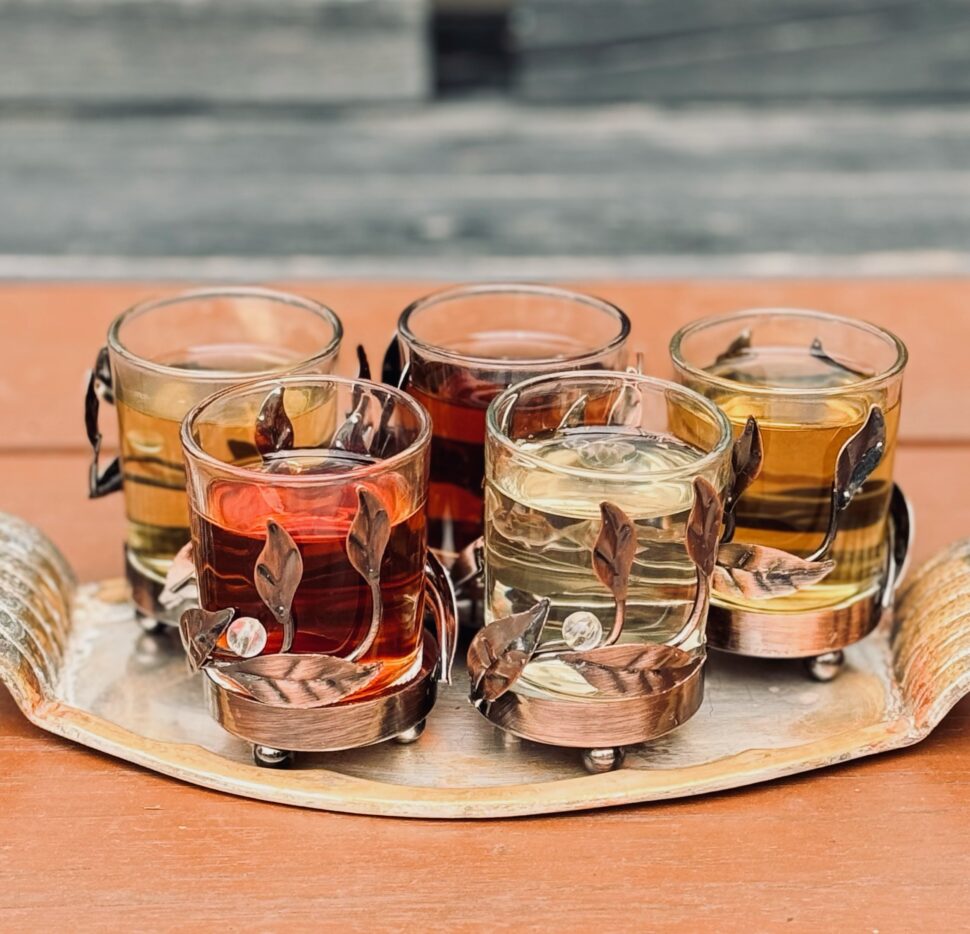lifestyle
How many colours of tea are there?

Chinese Emperor Huej-cung (1101-1124) distinguished twenty types of tea of which he held white tea in the highest esteem for its exceptional delicacy and specific properties. Modern Chinese classify “only” six types of tea now: green, white, yellow, turquoise, red and black. The nomenclature can be a bit confusing for Europeans who refer to teas called red by the Chinese as black, and Chinese black teas as red. Another colour, blue, also appears and refers to oolong teas classified as red teas in Poland and… turquoise teas in China.
The basic criterion for dividing teas is the degree of fermentation of dried tea and the colour of leaves and infusion.
Green tea
It is made from leaves that have not been fermented. Immediately after picking it undergoes a drying process. As a result, it stores more valuable ingredients than fermented teas and is milder in flavour.
White tea
It is produced from young buds that have not yet had time to develop. The bushes from which white tea is made are often additionally protected from the sun to prevent the formation of chlorophyll. When picked, the buds wither and are dried, they have a slightly silvery hue, and when brewed, the infusion is a light straw colour.
Yellow tea
Its production is similar to that of white tea, differing only in the extended drying time. The infusion is greenish-yellow in colour, and it is considered the noblest of all teas.
Oolong tea
Often called “under-fermented” or “semi-fermented.” It is produced in mainland China and Taiwan. Its fermentation ranges from about 20% (China) to 60% (Taiwan). The production process begins with the wilting of the leaves which are then placed in wicker baskets that are occasionally shaken to facilitate fermentation. After a few hours, the process is stopped by drying the leaves. The leaves remain whole and are not broken by curling.
Red tea
It is a semi-fermented tea, and a particularly prized example is Pu-Erh which undergoes an additional fermentation and ageing process. It is native to the Yunnan province in southern China. It has a strong aroma and flavour and is considered as a tea that is extremely beneficial to health.
Black tea
It is obtained in four processes: wilting, twisting, fermentation and drying. One popular parable states that black tea was created accidentally, as a result of a cargo of green tea transported by a clipper to England getting wet.


